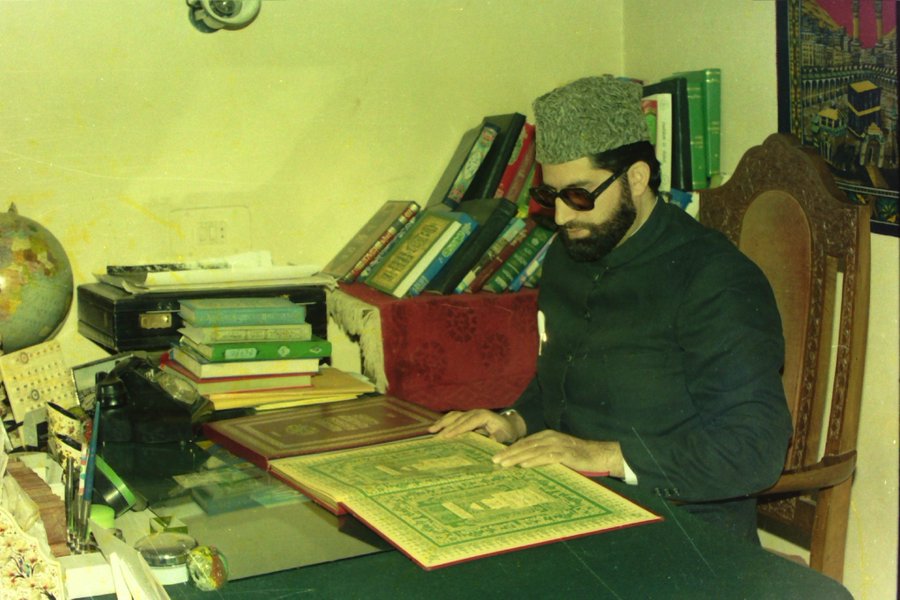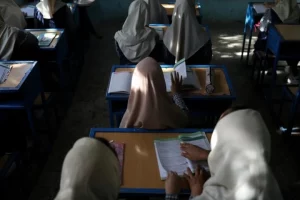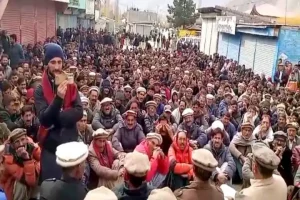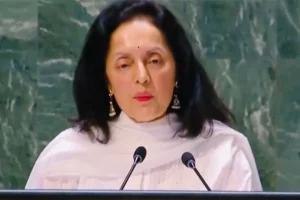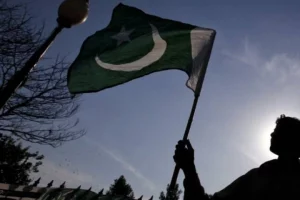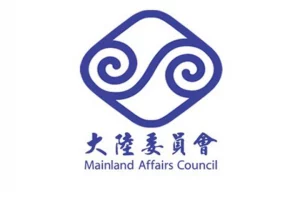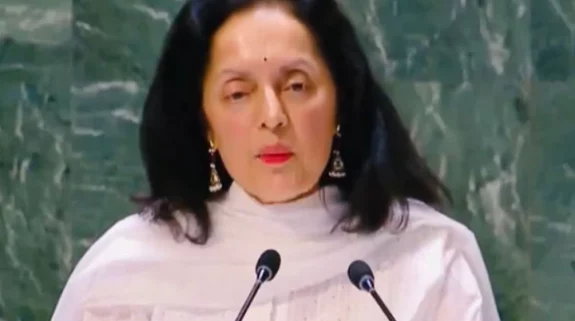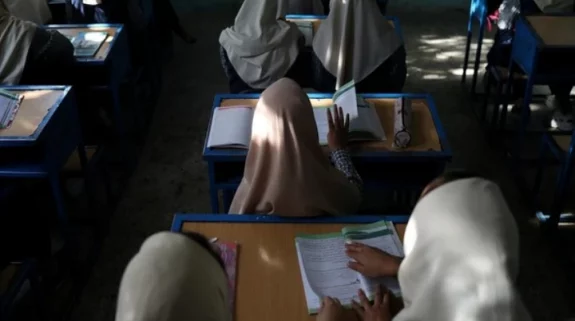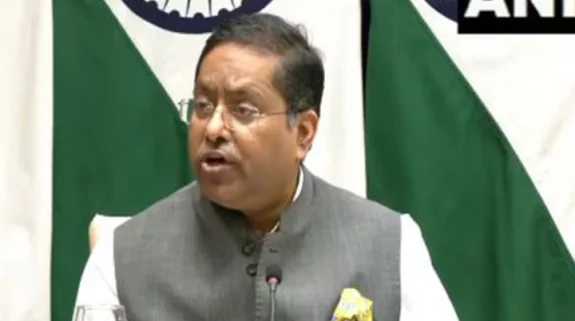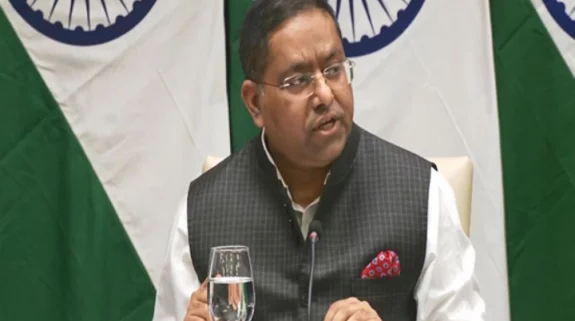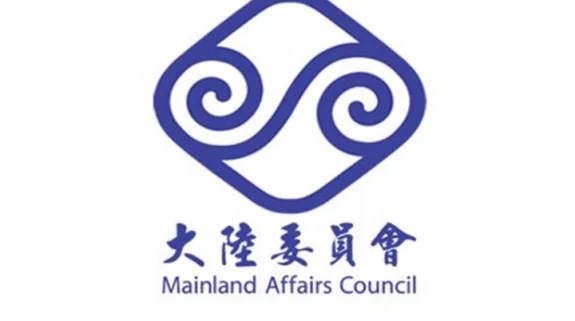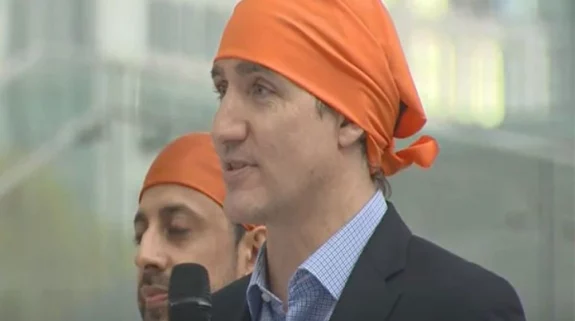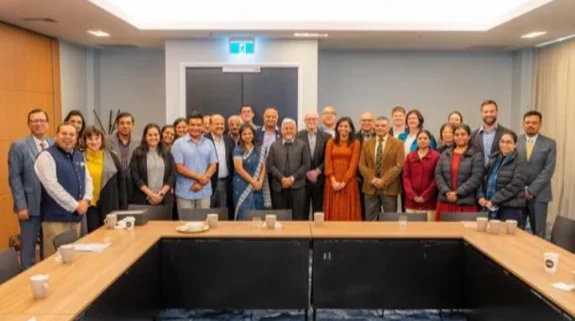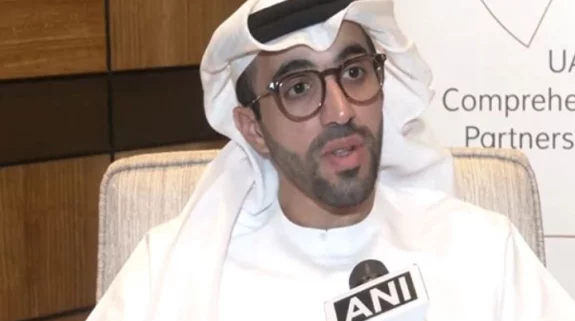Aasha Khosa
Mirwaiz Moulvi Mohammad Farooq Shah was the leader of Awami Action Committee, a political party of Kashmir with a green flag, who fell to the bullets of terrorists on this day 31 years ago. His supporters were spread over a big part of the Srinagar downtown. The party was pitted against the dominant National Conference that held away across Kashmir for three generations. The latter called themselves Sher, the lion, and derisively chose a rather demeaning nickname Bakra (Sheep) for the AAC supporters.
Bakra smacked of hateful rivalry and yet given the popular culture of nicknames in Kashmir, it stuck with the Mirwaiz’s supporters. The Sher-bakra banter would often turn serious at the election time. It triggered innocuous though noisy street fights with stones and abuses flying high with no particular target to hit. It was before terrorism and violence were commonplace in the Valley; decibels and not the gunshots decided the winner of the day.
Otherwise, Mirwaiz was a stately figure, respected as a religious man and scion of a prestigious family. His uncle Mirwaiz Yusuf Shah was the original Mirwaiz. A Darul-Uloom, Deoband-educated Moulvi, Mirwaiz Yusuf Shah, however, took to politics and fell out with Sheikh Abdullah, the tallest leader of Kashmir. He eventually left for Pakistan where he was appointed Prime Minister of POK twice.
The 19-year old Farooq Shah had emerged as a leader during the agitation against the mysterious disappearance of the holy relic of Prophet Mohammad from the Hazratbal shrine on December 24, 1963. The incident has set Kashmir on fire with angry and grieving Kashmiris out on the roads attacking politicians and indulging in arson. Farooq Shah, who was the head priest of Jama Masjid, led the Awami Action committee to demand the recovery of Moi-Muquadas (holy relic). The relic was found on January 4, 1963, after the Intelligence Bureau Chief B N Malick had rushed to Srinagar.
The discovery of the relic – the theft of which was attributed to the keepers of the shrine – calmed the people and yet failed to remove their suspicion that it was a political conspiracy in which Delhi had played a role. Farooq Shah continued to be hailed for his role in the Moi-Muquadas agitation and yet his stature rose only after he was anointed the Mirwaiz after his uncle’s death in Rawalpindi in 1968.
The young Mirwaiz was home educated. He knew religious texts and had a profound knowledge of religion and could not read English. He never spoke politics from the pulpit of the Jamia Masjid in downtown Srinagar and always confined himself to religious sermons and enjoyed enormous respect across the population and religions.
A Kashmiri Pandit wrote an article in Kashmir Times mentioning how his community living in the downtown showed reverence towards the Mirwaiz family. The author Raj Kumar Khushu recalled how the family had helped hundreds of Kashmiris who had lost their homes and everything in a big blaze in downtown Srinagar with rations. He also recalled his grandmother telling him to smear some dirt on which the car of Mirwaiz had moved on his forehead as blessings from a religious man.
According to a senior journalist, once a delegation from Punjab met and asked him to visit the state during the militancy days. The visitors were treated well, served tea and Mirwaiz interacted with them for quite some time. However, after they left, the journalist asked Mirwaiz when he was planning to visit Punjab. The cleric replied, “I am so busy with my responsibilities as a Mirwaiz in Kashmir that I have no time and inclination for other things.”
Likewise, his political ambitions remained limited as he was probably happy with the respect and love he received as Mirwaiz of Kashmir and from the Islamic world. However, Mirwaiz had arranged an impressive civic reception for Prime Minister Morarji Desai when he visited Kashmir in 1977. In an unprecedented gesture, Desai was taken in a procession through downtown and even visited the Mirwaiz Manzil, the official headquarters of ACC.
Mirwaiz’s gesture for Desai betrayed his basic political philosophy: he too was looking for a change in Kashmir; end of the Abdullah family rule, that, the Congress at the centre was believed to be propping it. The Janata party’s coming to the power signalled a big change in Indian politics and Mirwaiz believed the change would percolate to Kashmir as well.
Later on, AAC even joined the amalgam of smaller parties that were considered separatists till then and contested elections under the banner of the Muslim United Front (MUF) in 1987.
In mid-1989, Kashmir had erupted in sudden violence. Both the governments and leaders were clueless to the plans of scores of Kashmiri youth returning from Pakistan after receiving training in arms and sabotage and carrying guns and grenades for use. They spewed venom against leaders and called them ‘traitors’ and ‘collaborators’ and waged a jihad. These new-age jihadis were beyond anyone’s control.
I met Mirwaiz at his ornate office with walnut wood desk and carpeted floors on the banks of Nigeen Lake in March 1990. I also attended one of his Friday sermons at Jama Masjid, a grandiose stone mosque, one of the largest in India. At both places, I could feel the tension in the air and yet there was no hint of the coming catastrophe that would engulf Kashmir soon.
Like all traditional politicians, Mirwaiz was disturbed and confused by the turn of events in Kashmir. He separately spoke to another Kashmiri journalist, who had accompanied me for the interview. He told my colleague who had been based in Srinagar for a long time that he was disturbed about the situation. He also wanted to know what the youngsters wanted. Sadly his apprehensions were to come true soon.
On May 21, 1990, three young Kashmiris came to meet the Mirwaiz at his Nigeen lake house. Back then there was no security around his house. The three were ushered into his large office. Within minutes the officials in the outhouse heard the gunshots. The three men walked out while the staff saw Mirwaiz in a pool of blood. His trusted aide Yaqoob lifted a bleeding Mirwaiz and rushed him to the hospital.
The 46-year old Mirwaiz was declared dead in Sher-e-Kashmir Institute of Medical Sciences, Soura.
His was the first major political assassination by Hizbul Mujahideen, the pro-Pakistan terrorist group that had the backing of ISI and controlled much of Kashmir within a few months of pushing the pro-independence JKLF into oblivion. Though JKLF had initiated the insurgency in Kashmir by abducting Dr Rubiya Sayed, daughter of the then Home Minister Mufti Mohammad Sayed, and launching a couple of attacks on security forces, soon its leadership was arrested and the group was overshadowed by the Hizbul, the real baby of the ISI.
His funeral procession moved around the city of Srinagar and at Gaw Kadal there was a tragic incident. Someone from among the procession had attacked the CRPF bunker on the roadside and in retaliatory fire, 56 persons died. The tragedy was compounded and it led to the exit of governor Jagmohan from the scene.
Mirwaiz was laid o rest in Mazar-e-shouda (Martyrs Graveyard) in Idgah, Srinagar in the row meant for seniors and respectable persons of the society. The CBI probed into his assassination and identified the killers. One of them is on death row while two are absconding and a fourth one has died even before he faced the trial.
However, the irony of Kashmir is the fact that the grave of Abdullah Bangaroo, the Military commander of the Hizb, who had ordered the assassination of Mirwaiz, is also in the Mazar-e-Shouda. The strange politics of Kashmir’s tahreek (the Movement) has blurred the lines between a murderer and his victim. One wonders what the future generations will make out of the trend of the killer and the victim being placed in the same category.
Why was Mirwaiz targeted?
The apron strings of Kashmir’s insurgency were always in the hands of ISI in Rawalpindi. Just before Mirwaiz’s assassination, a scurrilous campaign was launched in Pakistani newspapers against him. The typical way of maligning a Kashmiri leader back those days was to label him an Indian agent and a collaborator. It’s no secret even among the secessionists in Kashmir that Hizbul Mujahideen was controlled by the ISI and other agencies of Pakistan and given directions for targetting leaders.
In a candid moment, Prof Abdul Gani Bhat, a pro-aPakistan Hurriyat leader, had said that the killings of many Kashmiri leaders, including the Mirwaiz, Abdul Gani Lone (Peoples’ Conference and father of Sajjad Lone), his (Gani's) brother Mohammad Bhat and Professor Wani were the handiwork of terrorists.
He said, "Lone sahib, Mirwaiz Farooq and Prof. Wani (Kashmir University) were not killed by the army or the police. They were targeted by our own people.”
Mirwaiz was targeted because of his stature and his abhorrence for violence. His family was known for its syncretism and never supporting any militant ideas. The family promoted Kashmiriyat, a culture of inclusive living and mutual respect among Hindus and Muslims.
Mirwaiz Farooq’s legacy was passed on to his only old son Umer Farooq at the age of 17. His mother was so paranoid about the safety of new Mirwaiz that he was sent away to Egypt for religious studies. However, today Mirwaiz Umer Farooq who had no option but to associate himself with the separatist amalgam of Hurriyat Conference had been under the constant watch of the ISI and its stooges in Kashmir. Known for his moderate views, the 48-year young Mirwaiz still says “my father’s death remains a mystery" though everyone knows who killed him.
(Published with permission from Awaz)






